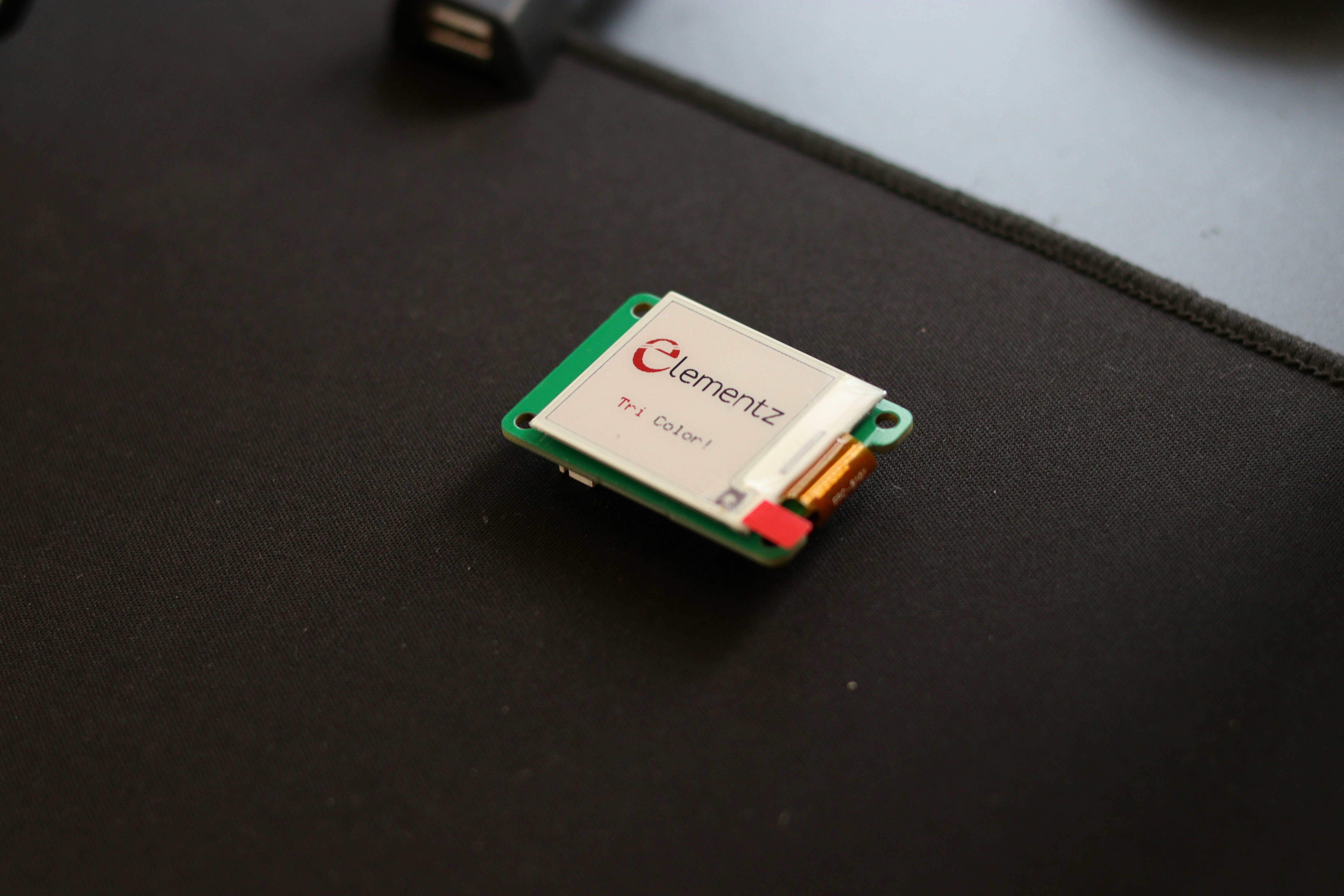
TinyML, or Tiny Machine Learning, represents a significant evolution in the field of artificial intelligence (AI), particularly in the deployment of machine learning (ML) algorithms on resource-constrained devices.
TinyML facilitates the execution of AI workloads on microcontrollers and other low-power hardware, which fundamentally differs from traditional machine learning models that typically require substantial computational resources.
By leveraging the unique capabilities of these low-power devices, TinyML enables real-time data processing and decision-making without relying on constant connectivity to cloud resources.
The significance of TinyML lies in its ability to bring machine learning directly into embedded systems and Internet of Things (IoT) applications.
This accessibility expands the potential for integrating intelligent functionalities into a wide range of devices, including wearables, home appliances, and industrial sensors.
As such, TinyML plays a crucial role in democratizing AI, allowing developers to incorporate machine learning features into products that were previously limited by hardware constraints.
To understand TinyML more profoundly, it is essential to recognize its underpinning technical specifications.
These systems often feature specialized algorithms that are optimized to operate efficiently with limited computational and energy resources.
For instance, most TinyML models are designed to work within a few kilobytes of memory and milliwatts of power,
which distinguishes them from their larger counterparts that require powerful GPUs and extensive memory.
This efficiency not only allows for immediate inference but also enhances privacy by enabling data processing at the source, reducing the need for data transmission.
Overall, the evolution of machine learning in conjunction with developments in hardware signifies a transformative step forward.
TinyML not only represents a technological advancement but also stands as a pivotal factor in making AI more pervasive across various domains.
By utilizing microcontrollers effectively, it paves the way for innovative applications and broadens the horizons of machine learning accessibility.

Videos are added as random information…..
The Impact of TinyML on Different Industries
TinyML is increasingly emerging as a transformative technology that is reshaping numerous industries by enabling machine learning capabilities on microcontrollers.
One of the most significant areas impacted by TinyML is agriculture.
With the advent of autonomous smart farming solutions, farmers can deploy sensors powered by TinyML for real-time soil monitoring, crop health analysis, and predictive maintenance of equipment.
This not only enhances operational efficiency but also promotes sustainable farming practices by minimizing resource waste.
In healthcare, TinyML is paving the way for advanced remote patient monitoring.
Wearable devices equipped with TinyML algorithms can process health data locally, providing insights into a patient’s condition without the need for constant data transmission to cloud servers.
This approach not only conserves bandwidth but also allows for instant decision-making, thus significantly improving the responsiveness of healthcare systems.
Another crucial application of TinyML is within environmental monitoring.
Small, energy-efficient sensors can be deployed in remote locations to gather data on air and water quality, wildlife activity, and climate change effects.
This data can then be analyzed locally using TinyML models, facilitating quicker responses to environmental challenges and contributing to more informed policy-making.
Smart home technologies are also experiencing a revolution thanks to TinyML.
Devices such as smart speakers and security cameras can use on-device models to enhance their functionality, allowing for personalized experiences and increased data privacy.
For instance, smart thermostats leverage TinyML for learning user habits and optimizing energy consumption without needing constant internet connectivity.
These examples illustrate the tangible benefits that various sectors are experiencing as they integrate TinyML into their daily operations and product offerings.
By lowering barriers to deploying machine learning applications, TinyML is truly democratizing access to advanced technologies across industries.
Challenges and Limitations of TinyML
While the democratization of artificial intelligence through TinyML presents significant opportunities, it also faces notable challenges and limitations that must be addressed.
One of the primary constraints is the limited processing power and memory available on microcontrollers.
TinyML models need to be optimized to run efficiently on devices with low computational capabilities, which often restricts the complexity of algorithms that can be effectively executed.
As a result, developers may need to compromise on model accuracy or functionality in order to fit within these hardware limitations.
Additionally, developing effective algorithms tailored for edge computing introduces complexity.
Unlike traditional machine learning models that can leverage powerful cloud resources,
TinyML requires local execution of models directly on the device, leading to unique obstacles in terms of data handling, model training, and real-time inference.
Ensuring that these models can perform reliably under varying conditions is a significant hurdle that developers often encounter.
Another critical issue involves data privacy concerns.
With TinyML facilitating edge processing, sensitive information may be handled locally rather than being sent to the cloud, which can enhance privacy.
However, this shift necessitates new security measures to protect user data during processing.
The lack of standardized frameworks and practices can pose risks for organizations looking to deploy TinyML solutions securely.
Furthermore, the deployment of TinyML solutions requires specialized skills.
Developing these models involves a multidisciplinary approach, merging knowledge of machine learning, embedded systems, and signal processing.
The current shortage of professionals with the requisite expertise can impede progress and widespread adoption in various industries.
As the industry seeks to overcome these challenges, efforts are being made to enhance developer tools, build more robust algorithms, and establish better practices for security and privacy.
Addressing these barriers is crucial for the effective integration and scalability of TinyML across diverse applications.
The Future of TinyML and AI Democratization
The future of TinyML holds significant promise, particularly in the context of democratizing artificial intelligence (AI).
As we venture further into an era defined by intelligent systems, TinyML will likely play a crucial role in making machine learning accessible to a broader audience.
Emerging trends suggest a growing acceptance and integration of machine learning capabilities within microcontrollers, which are becoming increasingly powerful yet cost-effective.
This accessibility may empower small developers and businesses that previously lacked the resources to implement sophisticated AI solutions.
Innovations in semiconductor technologies, combined with advancements in energy efficiency, will further enhance the capabilities of microcontrollers,
allowing them to handle more complex machine learning tasks while maintaining low power consumption.
As these technologies mature, we anticipate a shift towards greater reliability and performance in TinyML applications.
The incorporation of federated learning—where data remains localized on the device
—promises not only to enhance privacy but also to improve the model training process,
making AI solutions more effective and user-friendly.
The societal impacts of widespread AI implementation, driven by TinyML, cannot be understated.
As smart devices become ubiquitous, this technology could contribute to enhanced automation across various sectors, improving efficiency and driving innovation.
Moreover, democratizing AI through platforms that emphasize open-source collaboration will encourage a more inclusive environment for developers.
By promoting community contributions, organizations can democratize AI solutions, ensuring that individuals and businesses of all sizes benefit from advancements in TinyML.
Collaboration among tech innovators will be pivotal in maintaining the momentum of TinyML’s growth.
As companies prioritize accessibility, we may witness a surge in educational resources and tooling aimed at equipping novice developers with the skills necessary to leverage these advanced technologies.
The focus on inclusivity will ultimately drive further adoption and creativity within the AI landscape.
